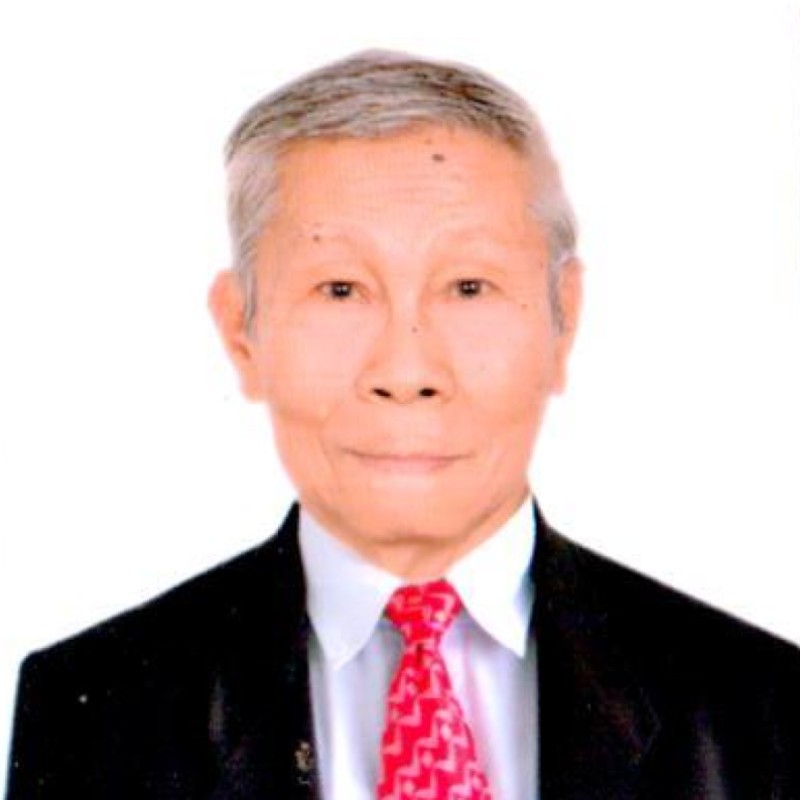GLIMPSES & GAZES
By Severino C. Samonte
The rising prices of oil products in PH and elsewhere now and then
Share
In the wake of the unmitigated escalation of the prices of oil products as an indirect result of the ongoing Israel-Palestine conflict, majority of the millennial Filipino population may be interested to know what happened in the Philippines during the so-called first global oil shock in the latter part of 1973, or 51 years ago.
During that time, the Philippine government had to ration regular and premium gasoline to registered vehicle owners as well as liquefied petroleum gas (LPG) for cooking to households across the country.
As remembered by this writer, who was then the national news editor of the state-run Philippine News Agency (PNA), the fuel rationing was part of the strict measures resorted to by the administration to conserve the limited supply of energy after the Arab Oil Petroleum-Exporting Countries (OPEC) led by Saudi Arabia declared an oil embargo beginning in October 1973.
Such rationing was implemented with the use of coupons distributed through the barangay officials. Each motorist was limited to a monthly purchase of 10 liters of regular or premium gasoline. Diesel-run motor engines were not yet popular among vehicle owners in the country then.
It was also during that time that President Ferdinand E. Marcos (FM) issued Presidential Decree No. 334, creating the Philippine National Oil Company or PNOC (Nov. 23, 1973) to promote industrial and overall economic development through the effective and efficient utilization of energy sources, including oil and oil-based resources.
The restrictions on OPEC oil exports and production affected most of the countries considered friendly to Israel, including Europe, the United States and Japan, and of course the Philippines, after the outbreak of the fourth Arab-Israeli war on Oct. 6, 1973.
The deliberate cutbacks in the Middle East oil production caused widespread supply disruptions and higher costs. Wikipedia said oil prices rose by 300 percent from USD3 per barrel to almost USD12.
In the Philippines, the then FM administration (Dec. 30,1965-Feb. 25,1986) had to implement strict energy conservation measures with the cooperation of law enforcement agencies and the barangay councils.
Such measures included the putting up of so-called "taxicab stands" in key places in the then Greater Manila Area where commuters usually converged, like Plaza Miranda in Quiapo, Sta. Cruz, Escolta, Rizal Park in Manila, Cubao in Quezon City, the Makati business district, and Monumento Circle in Grace Park, Caloocan City.
Under this scheme, cab drivers were prevented from cruising around and wasting precious fuel without passengers. They were instead required to stay in the taxicab stands and wait for passengers there. Those found by the police and barangay officials violating this restriction were penalized with high fines, and even imprisonment.
A "share-a-ride" scheme among commuters was also implemented. It became acceptable to riders going in the same direction because they spent less by just sharing part in the total fare. Commuters were not afraid to ride with total strangers in this system because of the prevailing peace and order condition brought about by the Marcos declaration a year earlier of martial law nationwide.
As the OPEC oil embargo also caused the prices of the LPG for cooking to double, many families, including those in the Greater Manila Area, were forced to return to the use of firewood and sawdust in cooking their meals.
During the 1973 Christmas season, the display of colorful lanterns using electricity was also minimized greatly.
A daylight-saving time scheme was implemented in government offices and even factories and other private establishments to save energy. Under this strategy, the clock was set one hour or more ahead of the standard time to allow more daylight for the working day.
In his book "The Democratic Revolution in the Philippines" published by the Marcos Foundation Inc. in 1977, FM wrote in Chapter 10 sub-titled "Theory and Practice in the New Society":
"From late 1973 to the early months of 1974, the energy crisis and the worldwide inflation posed a grave challenge to Philippine government resources and ingenuity. Owing to the sudden rise of the price of crude oil, our national oil cost leaped from USD200 million to USD700 million.
"This additional cost of USD500 million, plus another USD500 million representing the additional cost of all our imported requirements for development, increased the overall cost of importation of all our requirements from USD1,300 million to USD2,300 million."
"To meet this problem, I considered it imperative that we maintain the existing level of our foreign exchange reserves -- USD1 billion -- so as to maintain monetary stability. For this purpose, we geared our new planning to the necessity for additional export earnings."
In his State-of-the-Nation Address (SONA) on July 24, 1979, Marcos also touched on the energy situation worldwide, saying:
"We have to realize that the decade of the 1980s and perhaps well into the turn of the century do not offer us any relief from the energy crisis, unless we carefully plan to live with what is turning out to be realities of our times.
"For today, many of us must learn to live without some of the conveniences or luxuries that are now part of the lifestyles of those in the upper class. It is to this level of society that we direct our appeal to the developed nations to trim their energy appetites."
Comments
About the Columnist

He began his journalistic career by contributing to the Liwayway and Bulaklak magazines in the 1960’s. He was the night editor of the Philippine News Service when Martial Law was declared in September 1972. When the Philippine News Agency was organized in March 1973, he was named national news editor because of his news wire service experience.
He retired as executive news editor in 2003. He also served as executive editor of the Malacanang-based Presidential News Desk from 1993 to 1996 and from 2005 to 2008.
